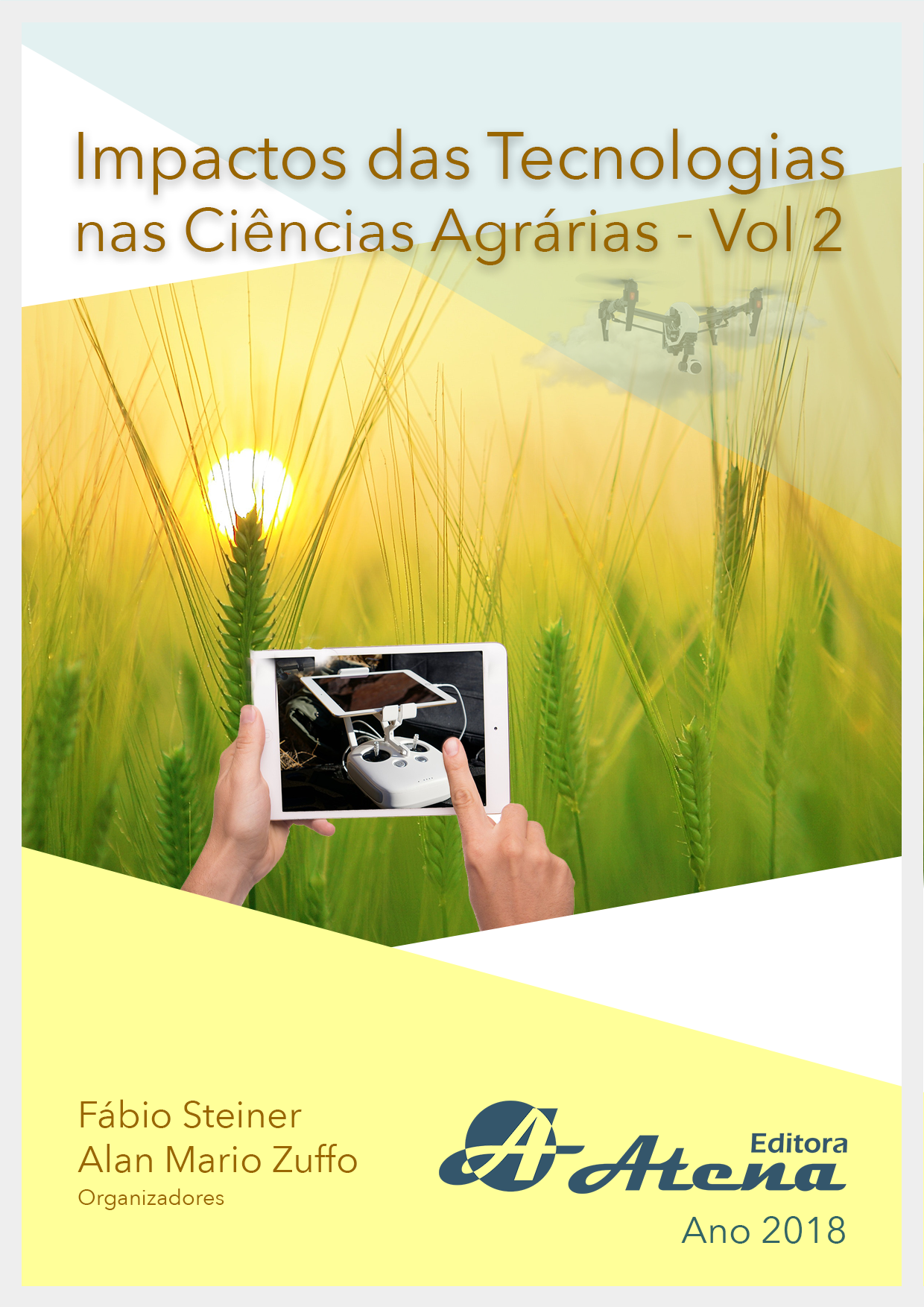
AVALIAÇÃO DE SUBSTRATOS NA EMERGÊNCIA E DESENVOLVIMENTO INICIAL DE CAMBUCÁ AMARELO
O substrato tem função primordial na
formação de mudas, pois influencia diretamente
a germinação e o desenvolvimento inicial de
plântulas em função de sua estrutura, aeração,
capacidade de retenção de água. O objetivo deste
trabalho foi avaliar o efeito de diferentes tipos
de substratos na germinação e desenvolvimento
inicial de plântulas de cambucá amarelo. O
experimento foi conduzido em ambiente telado
(sombrite 50% de luz), no IFCE/Campus Sobral,
no período de fevereiro a abril de 2016. Para
tanto, o ensaio foi disposto em DIC, com sete
tratamentos, contando de tipos de substratos
(areia; Solo; Esterco caprino; Pó de coco; solo +
esterco; solo + pó de coco; Solo + esterco + pó de
coco), com quatro repetições 16 sementes. Aos 60
dias procedeu-se da avaliação final, mensurandose:
percentual (%E), índice de velocidade (IVE)
e tempo médio de emergência (TME), altura da
planta (AL), número de folha (NF), comprimento
da raiz (CR), peso seco da parte aérea (PSPA) e
raiz (PSR) e índice de qualidade de Dickson (IDQ).
Os resultados de %E, AL, NF, CR e PSR foram
significativos ao nível de 1,0% de probabilidade
pelo o teste de Tukey (p≤0,01), e o substrato solo
+ esterco caprino + pó de coco proporcionou as
melhores médias no número de folhas e altura da
planta, proporcionado plantas mais vigorosas.
AVALIAÇÃO DE SUBSTRATOS NA EMERGÊNCIA E DESENVOLVIMENTO INICIAL DE CAMBUCÁ AMARELO
-
DOI: Atena
-
Palavras-chave: caatinga, extrativismo, Marlierea edulis, propagação, vigor
-
Keywords: caatinga, extraction, Marlierea edulis, propagation, vigor
-
Abstract:
The substrate plays a fundamental
role in the formation of seedlings, because it
directly affects the germination and early seedling
development due to its structure, aeration, water
holding capacity. The objective of this study
was to evaluate the effect of different types of
substrates on germination and initial development
of yellow cambucá seedlings. The experiment
was conducted in a greenhouse environment
(50% shading of light) in IFCE/Campus Sobral in
February to April 2016. Thus, the test was arranged
in DIC with seven treatments , counting types of
substrates ( sand, soil, manure goat, coconut powder, soil + manure, soil + coconut coir,
soil + manure + coir dust), with four repetitions 16 seeds. At 60 days we proceeded to the
final evaluation, if measuring-: percentage (% E), speed index (EVI) and mean emergence
time (TME), plant height (AL), number of leaves (NF), length root (CR), dry weight of shoot
(PSPA) and root (PSR) and Dickson quality index (IDQ). The results of %E, AL, NC, CR and
PSR were significant at the 1.0% probability by the Tukey test (p≤0.01), and soil + goat
manure + coconut powder provided the best average in the number of leaves and plant
height, providing more vigorous plants.
-
Número de páginas: 15
- MÁRCIO FACUNDO ARAGÃO


